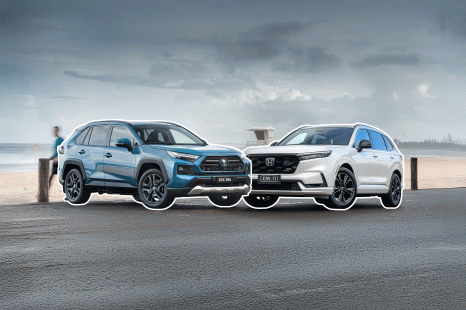

Andrew Maclean
Honda CR-V RS e:HEV vs Toyota RAV4 Edge Hybrid: Spec battle
5 Days Ago
The Nissan X-Trail's American twin will soon get plug-in hybrid power, but a teaser has shown it could be a rebadged Outlander PHEV.

Contributor
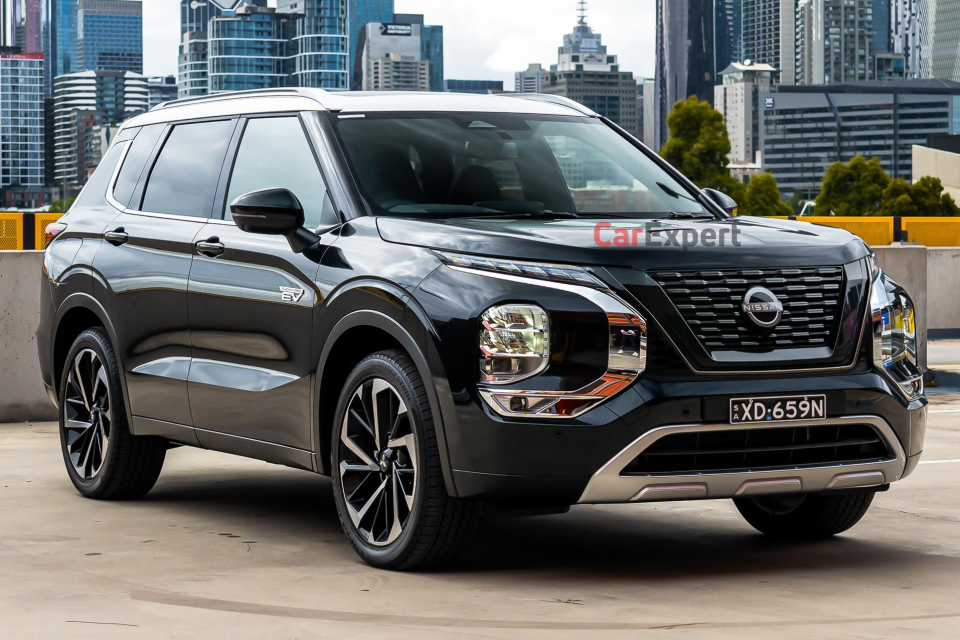

Contributor
Embattled Japanese carmaker Nissan has detailed its most immediate future model plans, and it looks like it may rebadge one of its Alliance partner’s best-sellers.
Off the back of pulling out of a proposed merger with Honda and announcing the closure of factories and subsequent job cuts, Nissan detailed seven of its next models to launch, which included two hybrids, three electric vehicles (EVs) and two ‘refreshed models’.
The two hybrid models include a Rogue e-Power (currently sold in Australia as the X-Trail e-Power) which is due to enter production in 2026, and a Rogue PHEV (plug-in hybrid), due to roll out this year.
Hundreds of new car deals are available through CarExpert right now. Get the experts on your side and score a great deal. Browse now.
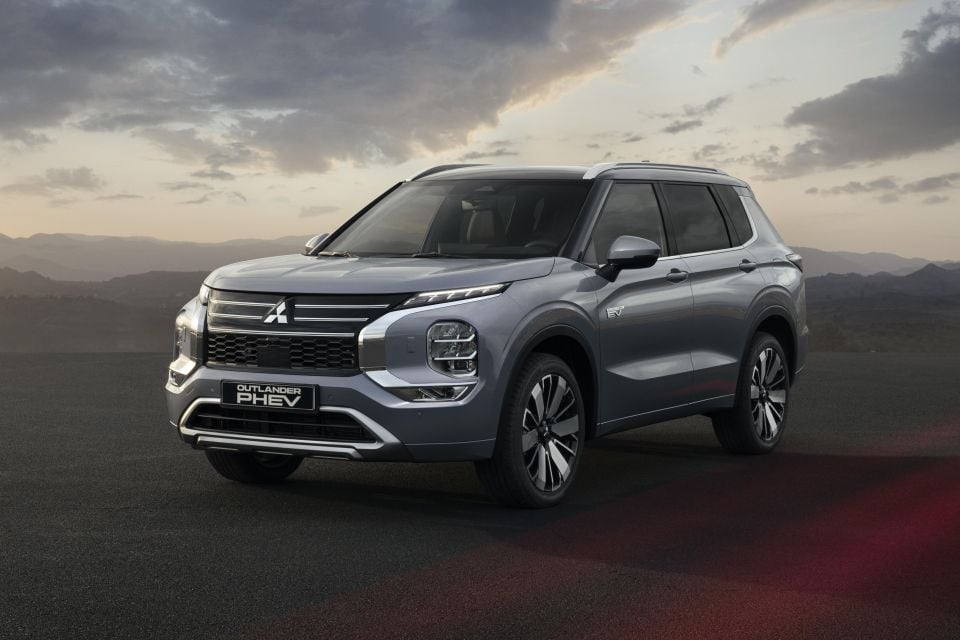
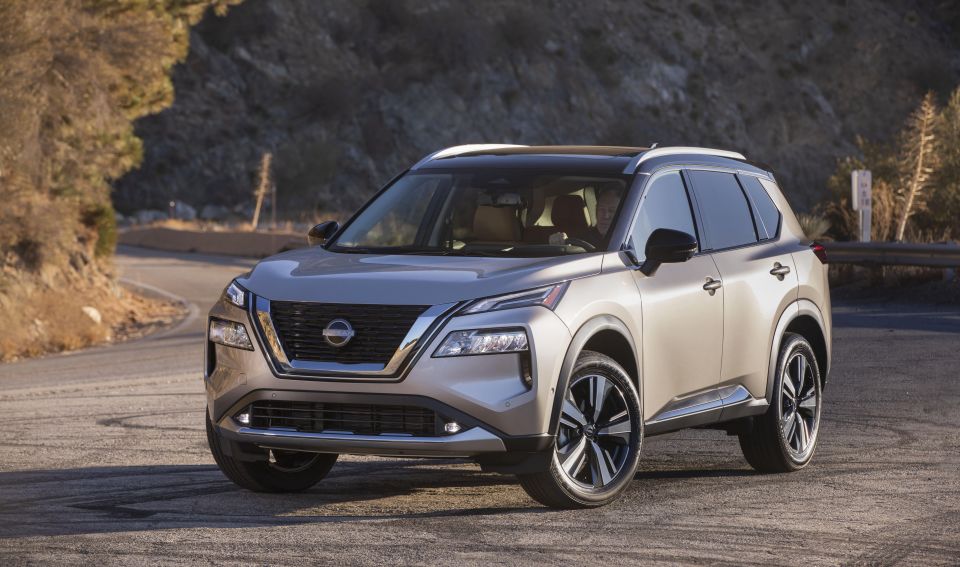
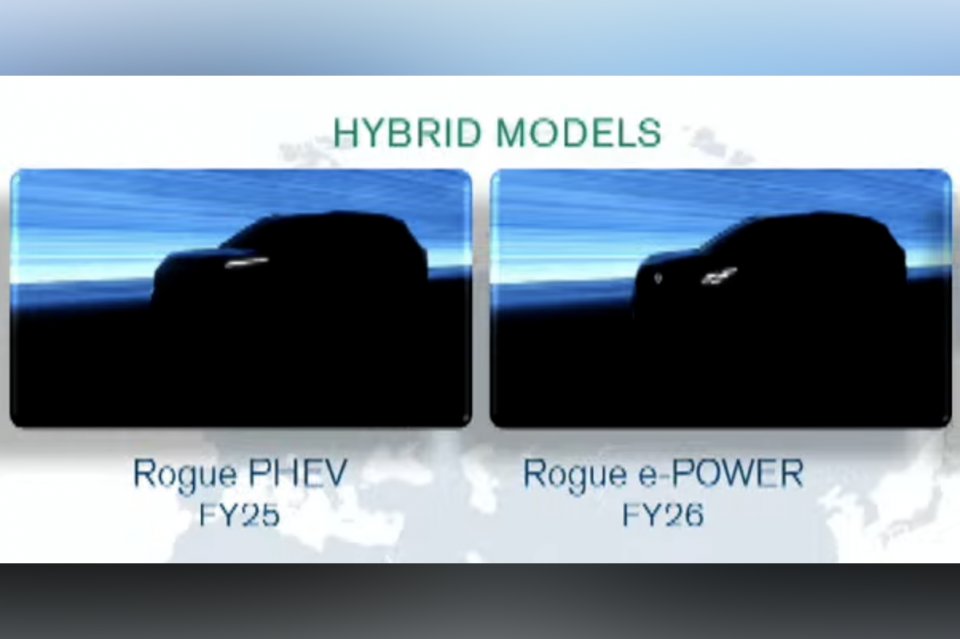
While Nissan has previously confirmed the Rogue PHEV will go on sale in the US (where the left-hand drive X-Trail twin is built) later this year, it’s not yet revealed its design – and the silhouette appears to not be that of a Rogue.
Instead, its bonnet profile and daytime running light (DRL) signature appear to be that of a Mitsubishi Outlander PHEV.
The current-generation Outlander and Rogue/X-Trail are twins under the skin, running on the same platform and, in some markets, offering identical powertrains.
It’s unclear if the X-Trail will get a PHEV option like its Rogue twin.
Previous reports suggested Nissan’s Rogue PHEV would adopt the powertrain of the equivalent Outlander, though it now appears the plug-in SUV could simply be a rebadged Mitsubishi.
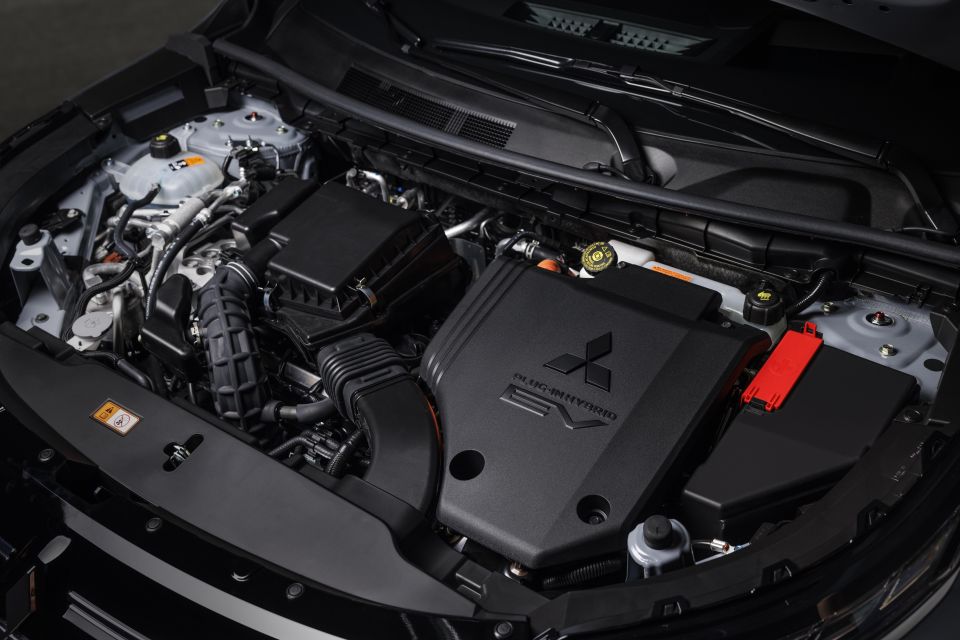
While not unprecedented, it speaks to the financial trouble Nissan is currently facing that it may not be willing to front up the costs and put in the required development legwork for the Rogue PHEV to retain the current SUV’s bodywork with Mitsubishi’s powertrain.
Last week, Nissan announced two of its US factories will see a reduction in shift changes, one of them being the Smyrna plant in Tennessee which produces the Rogue and the larger Pathfinder.
One of the potential stumbling blocks is that the Outlander isn’t produced in the US, and the Rogue PHEV – if it is a rebadged Mitsubishi – could be subject to tariffs unlike its petrol-only siblings.
The two brands are a part of the Renault-Nissan-Mitsubishi Alliance, which sees the French carmaker and the Japanese firms share technologies from parts to whole vehicles with each other.
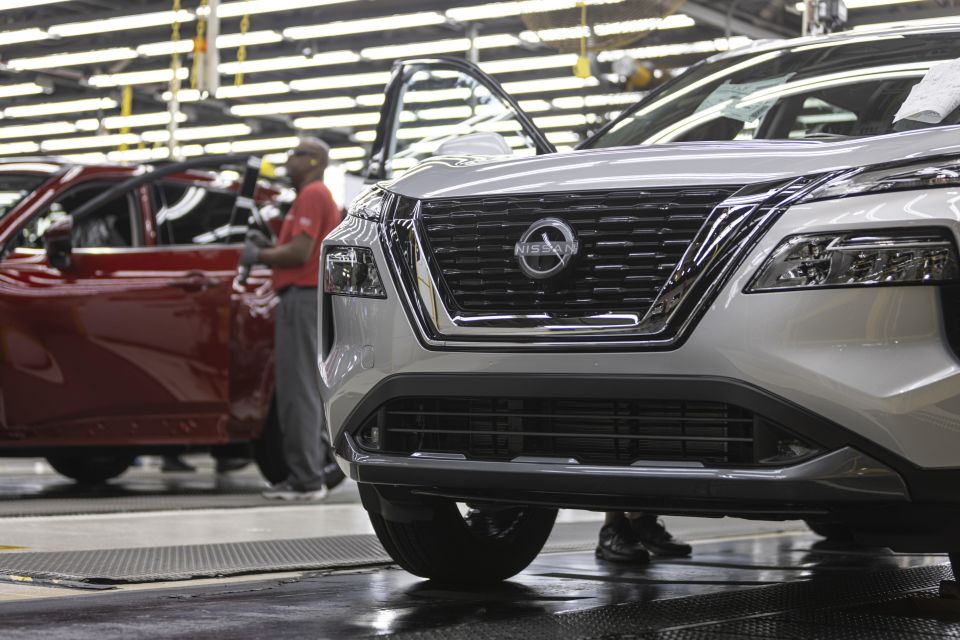
Mitsubishi, for example, sells lightly restyled versions of the Renault Captur and Clio as the ASX and Colt, while Renault has previously sold a lightly restyled version of the Nissan Navara ute as the Alaskan.
Nissan is Mitsubishi’s largest shareholder but recently sold off an undisclosed portion of its 34 per cent stake. Renault also recently reduced its stake in Nissan, from 43.4 per cent to the current 35.7 per cent holding.
As reported last week, Nissan is planning to cut 400 billion Yen ($4.14 billion) in costs by the 2026 Japanese fiscal year.
For context, its operating profit slid from 478.4 billion Yen ($4.69 billion) in April to December 2023 to 64 billion Yen ($663 million) across the same period in 2024. Its net income also dropped by 320.2 billion Yen ($3.3 billion) to 5.1 billion Yen ($52.8 million).
Nissan last week repeated it expects to cut global production capacity by 20 per cent from five million vehicles to four million by April 2026.
MORE: Nissan to close factories, cut thousands of jobs as financial woes worsen MORE: Honda and Nissan officially call off merger
Born and raised in Canberra, Jordan has worked as a full-time automotive journalist since 2021, being one of the most-published automotive news writers in Australia before joining CarExpert in 2024.


Andrew Maclean
5 Days Ago
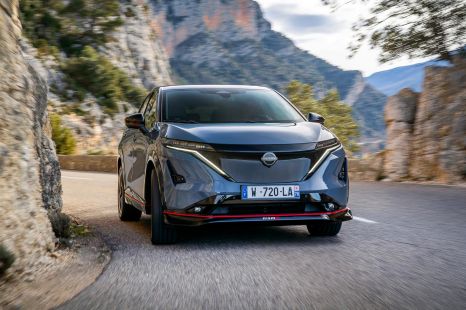

Shane O'Donoghue
5 Days Ago
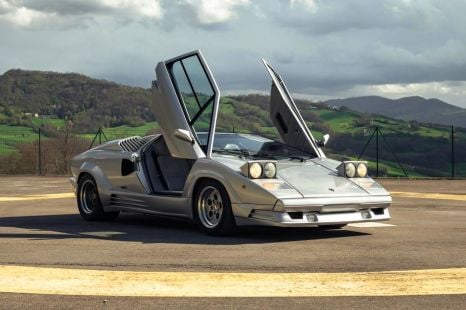

Anthony Crawford
4 Days Ago
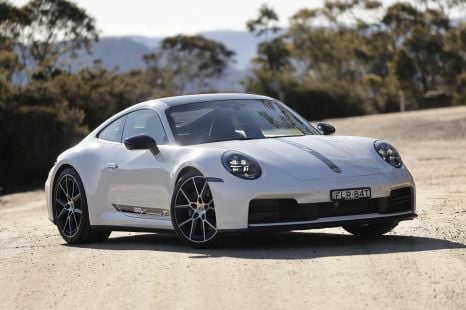

Matt Campbell
3 Days Ago
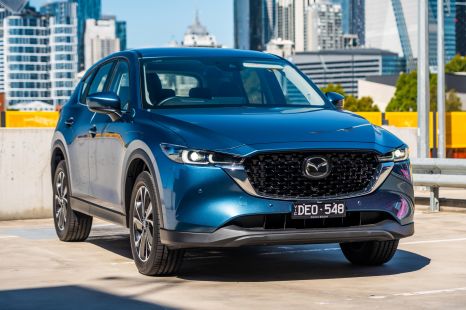

James Wong
2 Days Ago
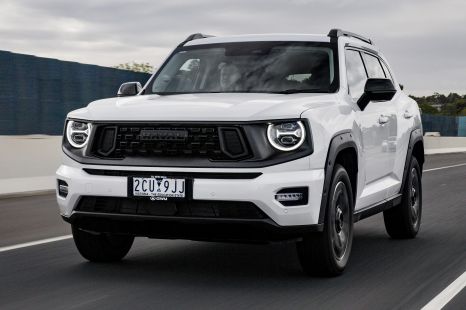

Max Davies
13 Hours Ago